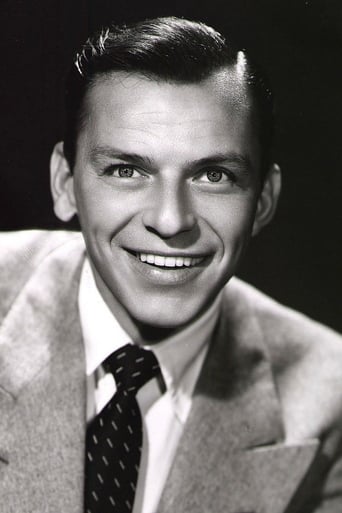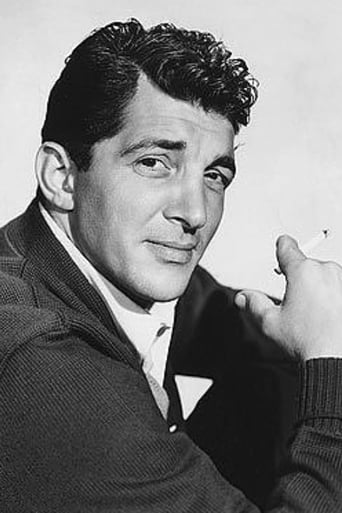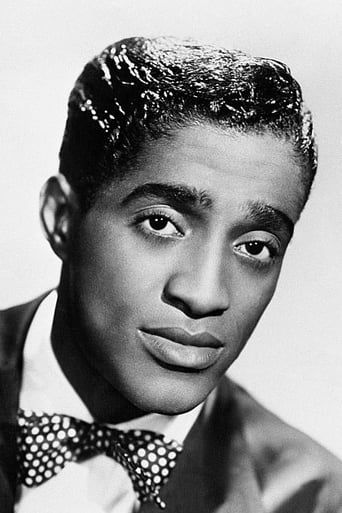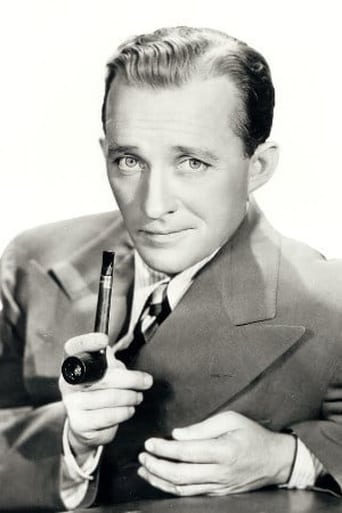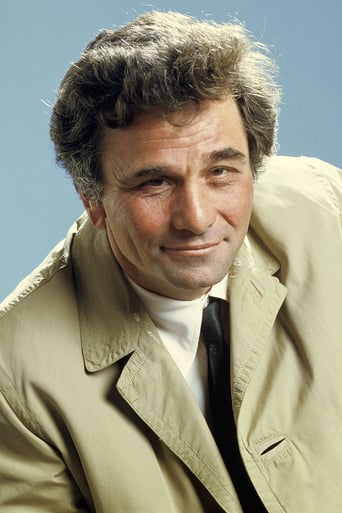FeistyUpper
If you don't like this, we can't be friends.
Steineded
How sad is this?
Chirphymium
It's entirely possible that sending the audience out feeling lousy was intentional
Roxie
The thing I enjoyed most about the film is the fact that it doesn't shy away from being a super-sized-cliche;
HotToastyRag
As famous as this movie is supposed to be, I don't really recommend watching it. Chances are, you'll only be watching it because you like Frank Sinatra and want to join the Rat Pack, but if you manage to sit through this two-hour debacle, you'll try to withdraw your membership application.To put it simply, everyone involved in this movie was having a really bad day. The songs, written by Sammy Cahn and James Van Heusen, were unspeakably awful and universally too slow in tempo. The one famous song to come out of it, "My Kind of Town", felt like it had been slowed down by fifty percent. Dean Martin, though never accused of being a good actor, looked like he didn't know what was going on and that he could barely remember the minimal choreography. And if Sammy Davis, Jr. can't sell a song, nobody can. During the one horrible song he was given, he looked like he was giving a Jerry Lewis impression. Finally, Frank Sinatra, who once was full of pep and vigor as he tap danced alongside Gene Kelly, looked incredibly tired and angry. In nearly every scene, he looked like he'd rather be anywhere else in the world. I wondered what could have happened to him during the filming, since it was obvious his mind was elsewhere, and after the film was over I read the backstory behind his very noticeably grumpy performance. I'm sure if you read up on the film as I did, you'll cut him some slack.Robin and the 7 Hoods takes place during the 1920s, and Frank Sinatra and Peter Falk head up rival factions of a Chicago gang. While Frankie has the Rat Pack on his side, Peter has classic old timers like Harry Wilson and Allen Jenkins at his table. The best part of the film is the beginning, when the gang celebrates the birthday of gang-leader Edward G. Robinson. It really is a great five minutes, but the movie tumbles downhill immediately after that.
edwagreen
Delightful musical with Frank Sinatra, Dean Martin and the other guys playing gangsters in the way that Robin Hood would have done so, of course, with a twist.The film begins with a rub-out of mob king Edward G. Robinson, in a scene very similar to the birthday party thrown for Spats Columbo (George Raft) in "Some Like it Hot."The big surprise in the film is Barbara Rush, who suddenly appears from nowhere and announces that she is Big Jim's (Robinson's) daughter. As he kept her away from the family business, she is well educated but soon resorts to rub-outs, shakedowns and all other types of criminal activity.Peter Falk steals the film with his typical gangster-like accent.Sinatra and Dean Martin but aren't dominant in their parts, as Sammy Davis, Jr., other than singing about how he likes shooting, is given little else to do in the film.The film disappoints in the end because from the Rush part, crime does pay. It is true that you can't fight the public.
aciolino
When you combine talent such as Crosby, Davis, Sinatra and Martin, plus the great songs of Kahn and Van Heusen... but what's to complain about? This is enough for an evening's treat! Add to that the wonderful (should have been better, but still wonderful) "Mr. Booze" number, the fabulous Peter Falk (much under-rated in this role) and Bang! you've got memorable stuff, such as, in no particular order: Sammy's "Bang! Bang!" not only allows us to see/hear all of Sammy's performing skills, but is a very clever "gangster number." (If they ever make "The Godfather" into a musical, I hope they include this!) Then, there is the tongue-in-cheek "Style," employing the three biggest stars in show business at the time, two of them veritable legends; thirdly, the aforementioned, "Mr. Booze," is a brilliant piece of musical/theatrical chicanery.Catch it, and keep an open mind. This ain't Shakespeare.
moonspinner55
...no, but that might have made a more interesting picture than this. It's Prohibition-era Chicago, and Frank Sinatra coasts indifferently through his role as a gangster in 1928 trying to stay one step ahead of the law, aided by his faithful cronies. Sappy semi-musical doesn't even look good! It's a poor excuse to get the gang together. Sinatra, Dean Martin and Sammy Davis, Jr. are joined this time by Bing Crosby, Edward G. Robinson (uncredited), Victor Buono and--in the proverbial pretty girl role--Barbara Rush. Yet everyone here seems to be either distracted or suffering from a bad case of the blues, particularly Ol' Blue Eyes, who looks wrung-out. The film's only kick comes in seeing Crosby and Sinatra reunited from "High Society", and by Peter Falk doing lively work in a dim part. *1/2 from ****











